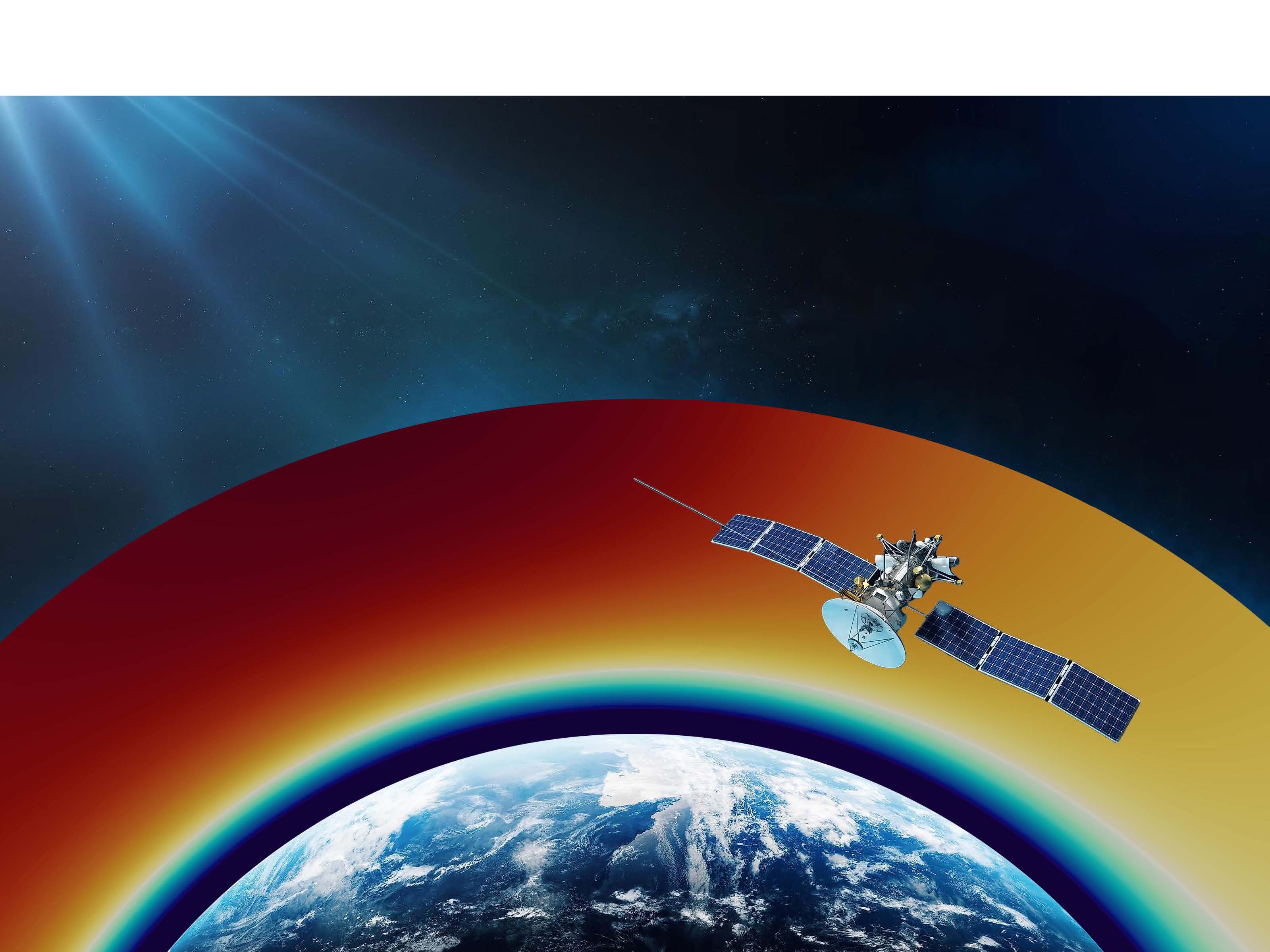

A high-fidelity approach for physics-based space weather modeling
17 November, 2023 @ 12:00 pm - 1:00 pm
Jordi Vila-Pérez is a postdoctoral associate in the Department of Aeronautics and Astronautics at the Massachusetts Institute of Technology. His research deals with the development of high-order numerical methods and its integration to space weather applications. He earned his PhD in Applied Mathematics from UPC in 2021, focusing on low and high-order methods for compressible flows, under the supervision of Prof. Huerta, Dr.Giacomini (LaCàN-CIMNE) and Prof. Sevilla (Swansea University). He received his Bachelor’s double degree in Mathematics and Aerospace Engineering from CFIS (UPC), and a Master in Applied Mathematics from FME (UPC) in 2016 and 2017, respectively.
The study and characterization of the ionosphere-thermosphere system has gained considerable importance in the last decades because of the deployment of constellations of satellites in low-Earth orbit for communication, connectivity and navigation purposes. The accurate prediction of atmospheric drag and total electron content is crucial to their successful operational activity because of its direct impact on orbit determination and the transmission of radio and GPS signals.
For this reason, physics-based numerical models of the ionosphere and thermosphere have been developed for the prediction of atmospheric outputs in order to enhance the forecasting capabilities of empirical models under highly variable space weather conditions. However, these models discretize the large systems of conservation laws over spatial grids comprising thousands of elements, what makes them computationally expensive.
This talk will introduce a high-fidelity approach for physics-based space weather modeling based on the high-order discontinuous Galerkin (DG) method, available as an open-source tool within the multiphysics code Exasim. The proposed approach describes a ionosphere-thermosphere system in non-hydrostatic equilibrium driven by the external excitation from the Sun. Different numerical examples under various solar conditions will be showcased in order to assess the accuracy
of the numerical methodology
